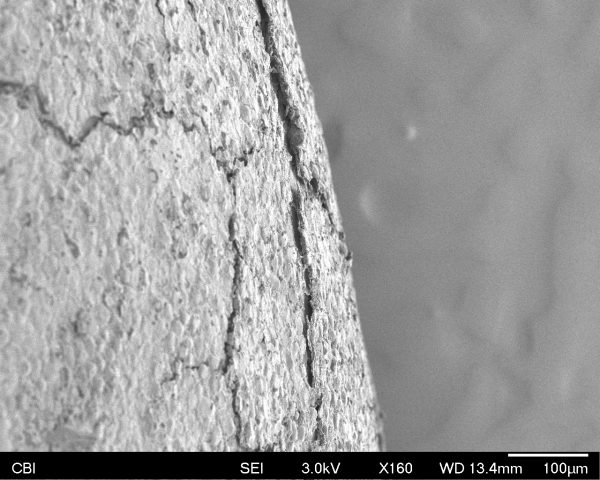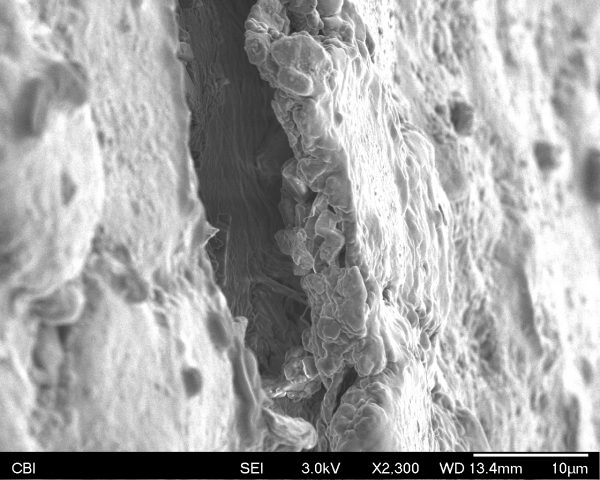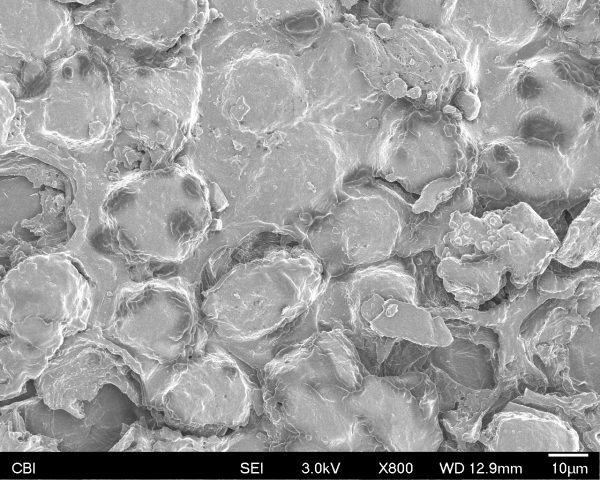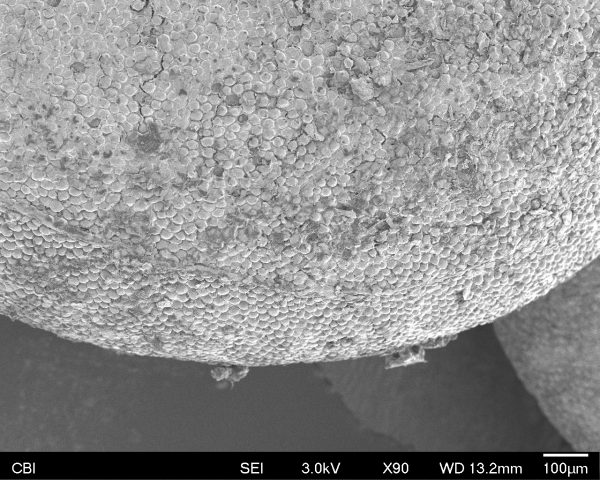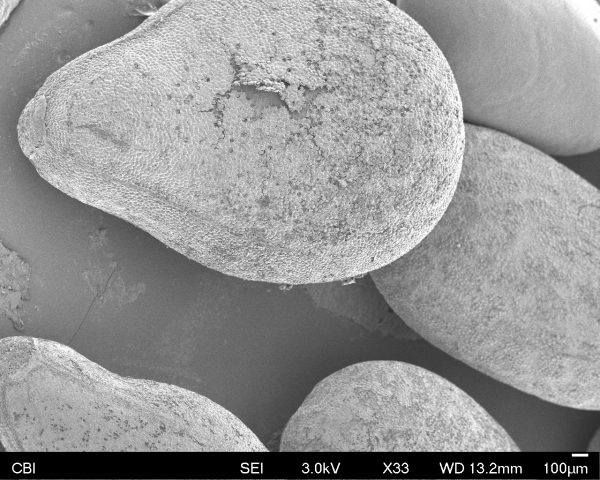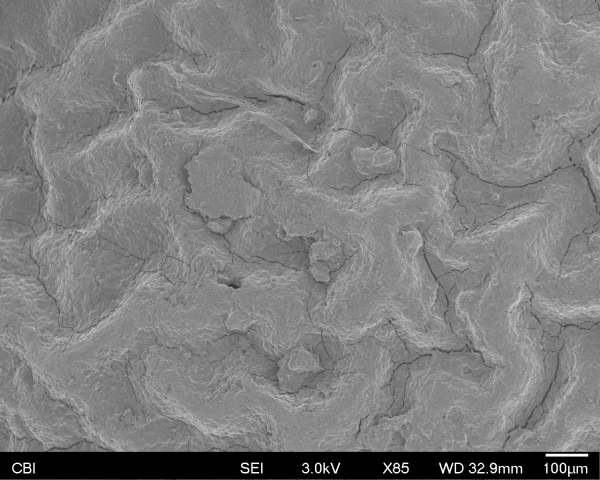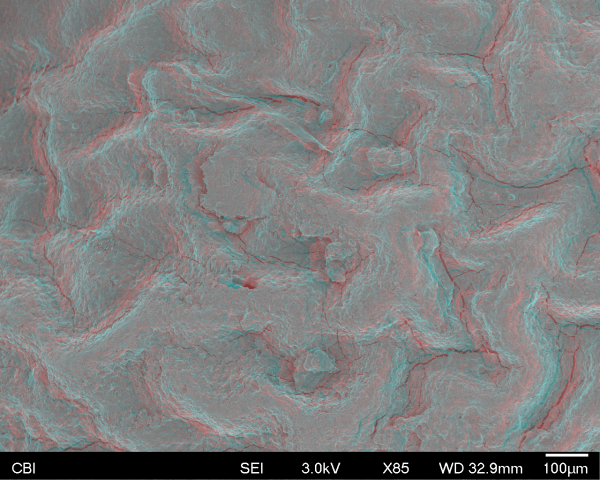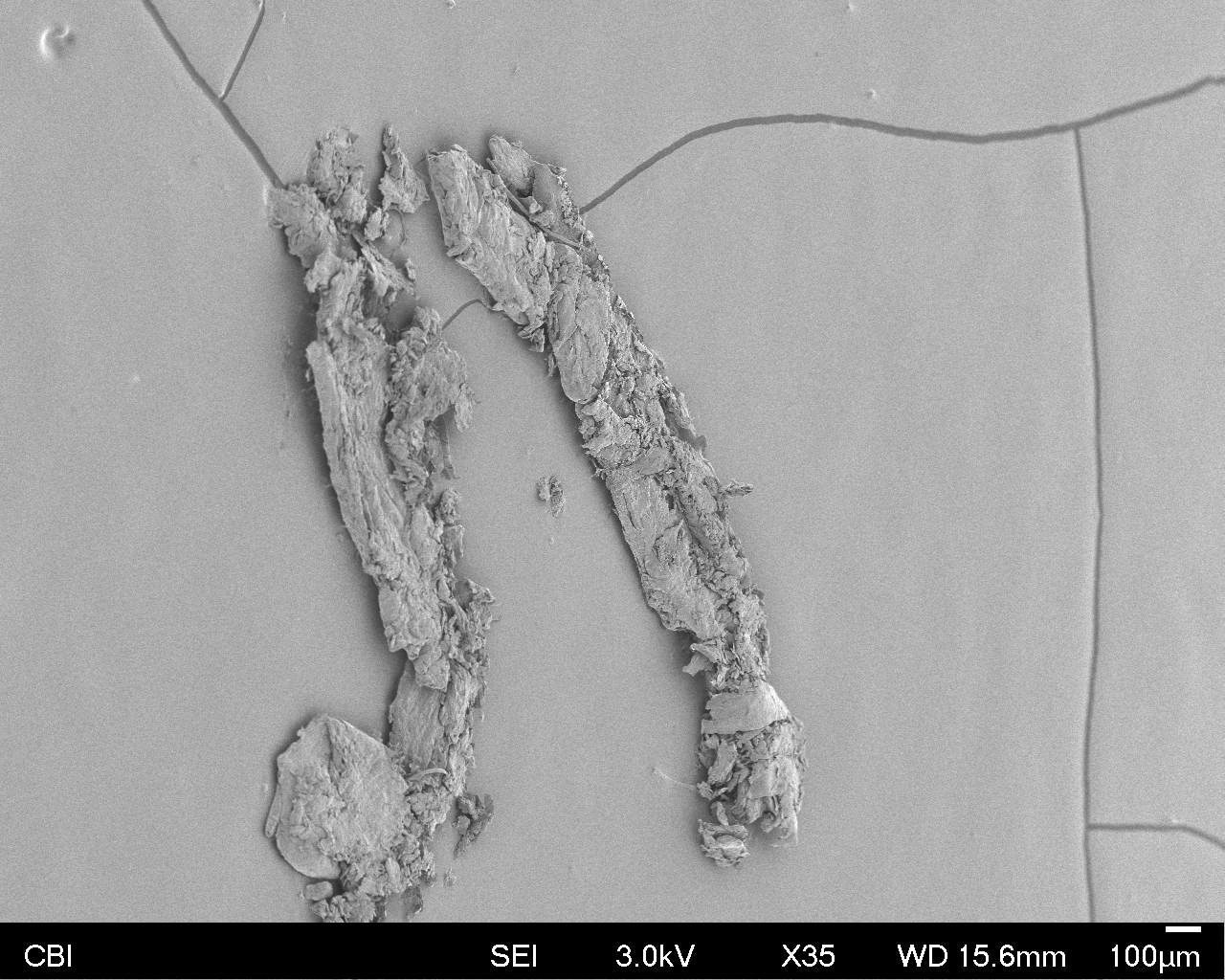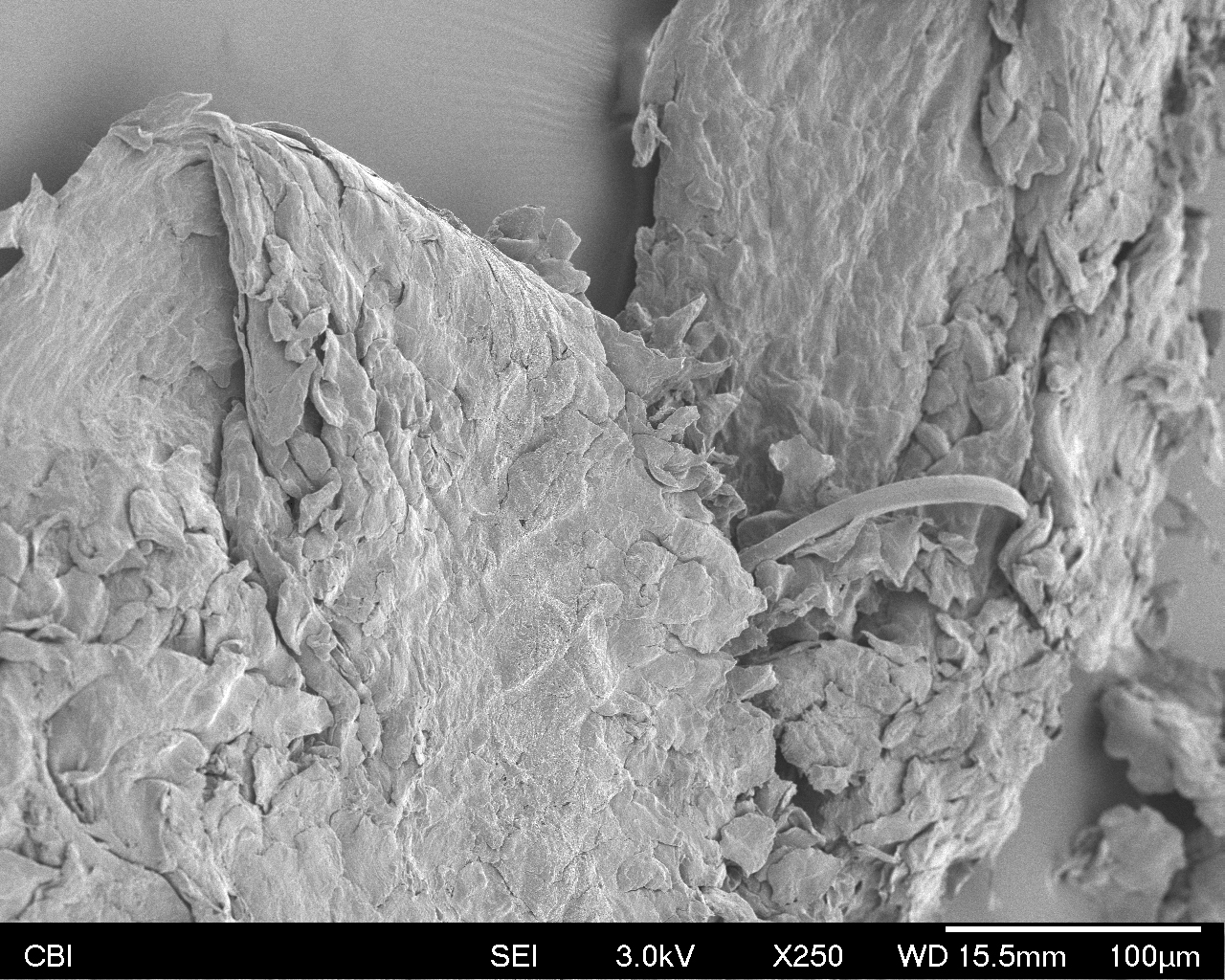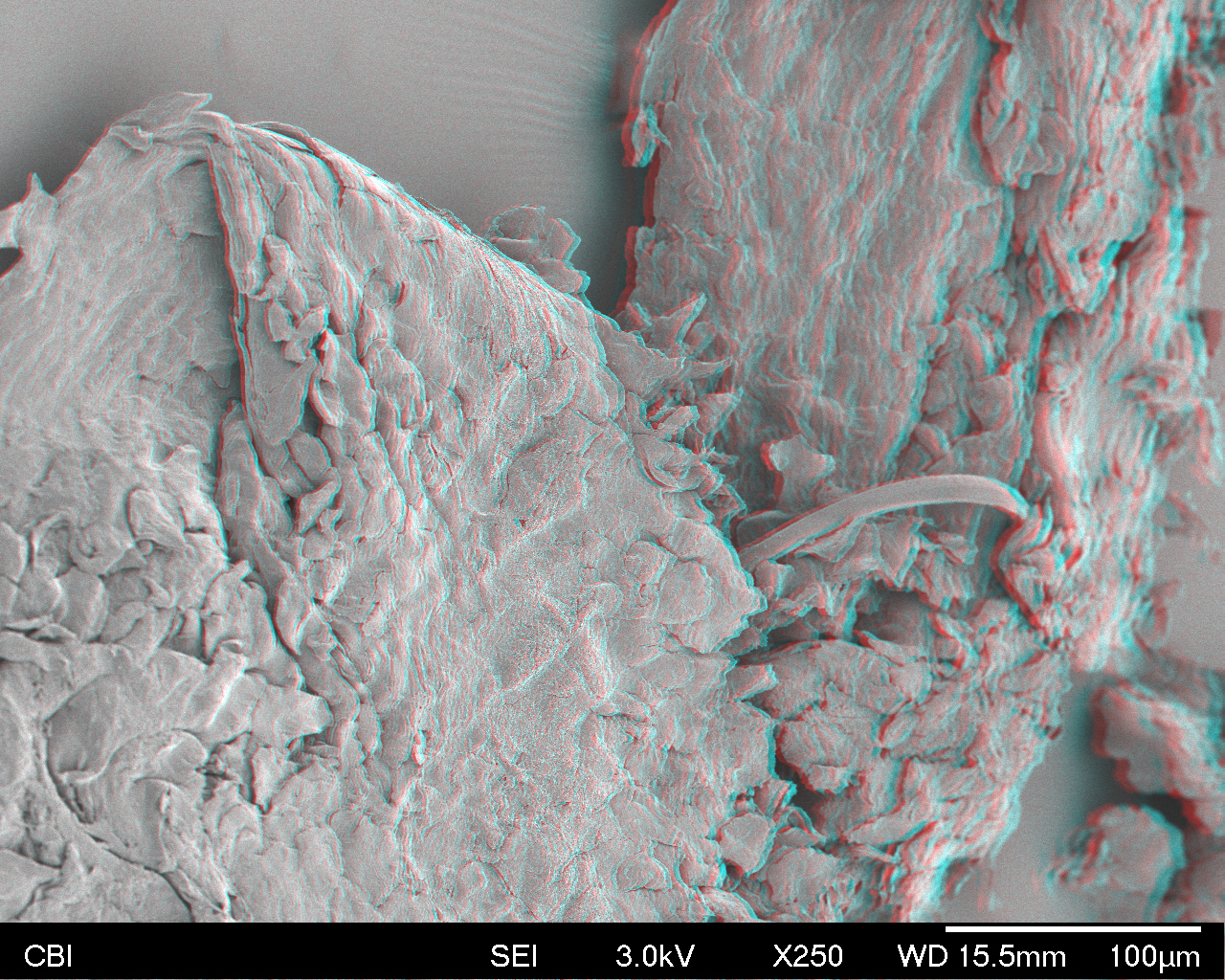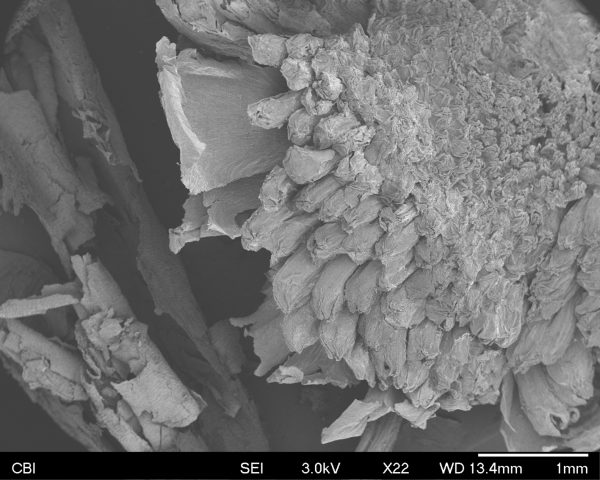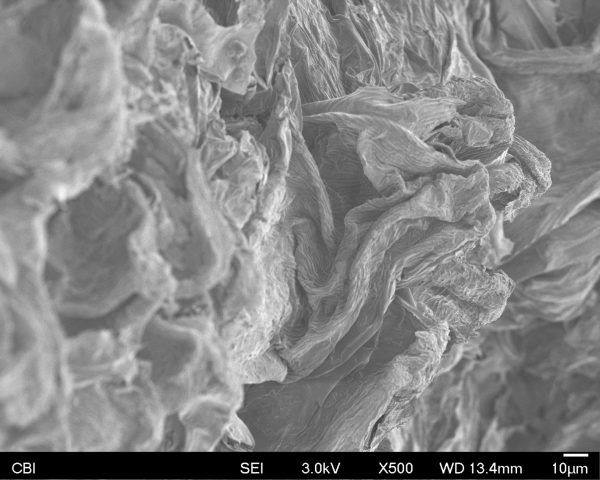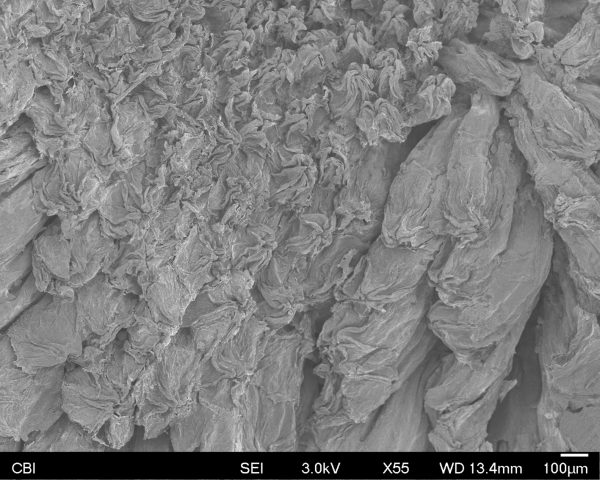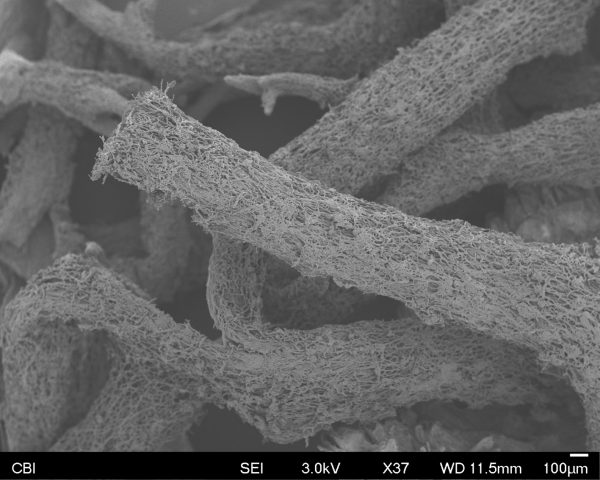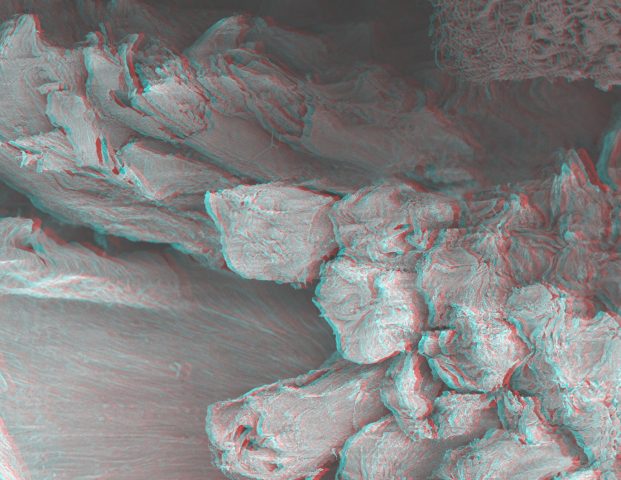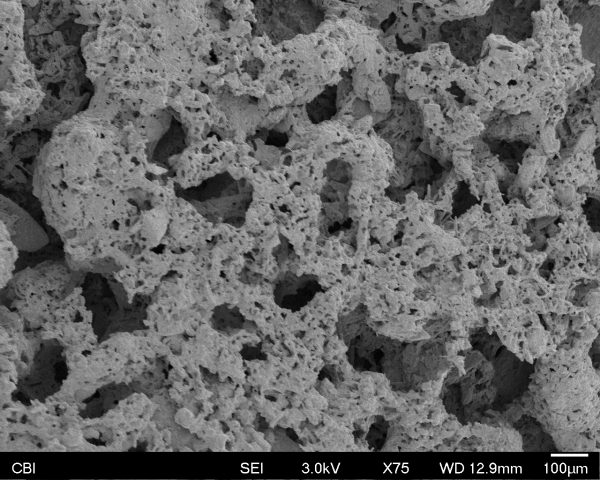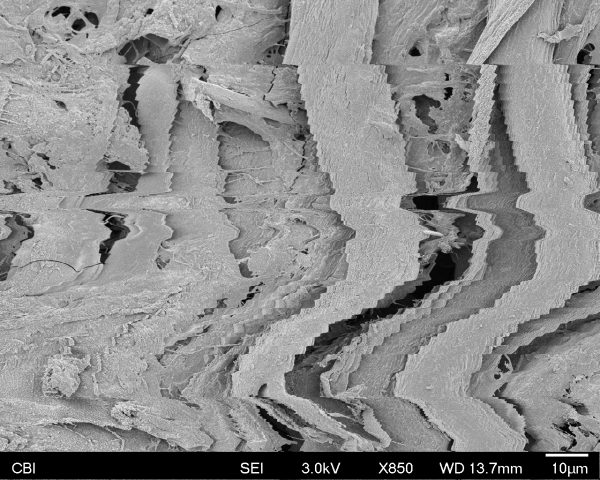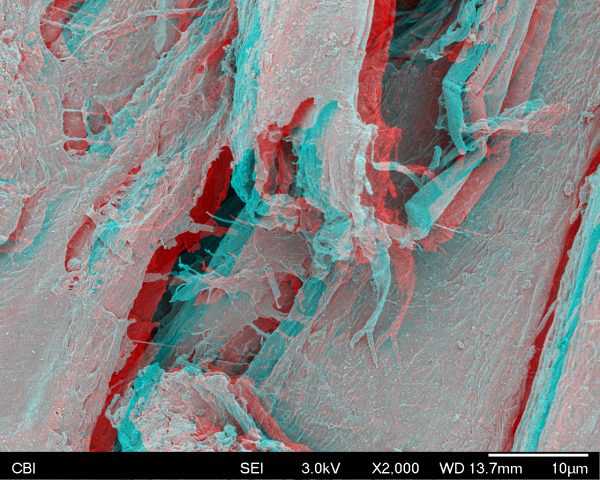
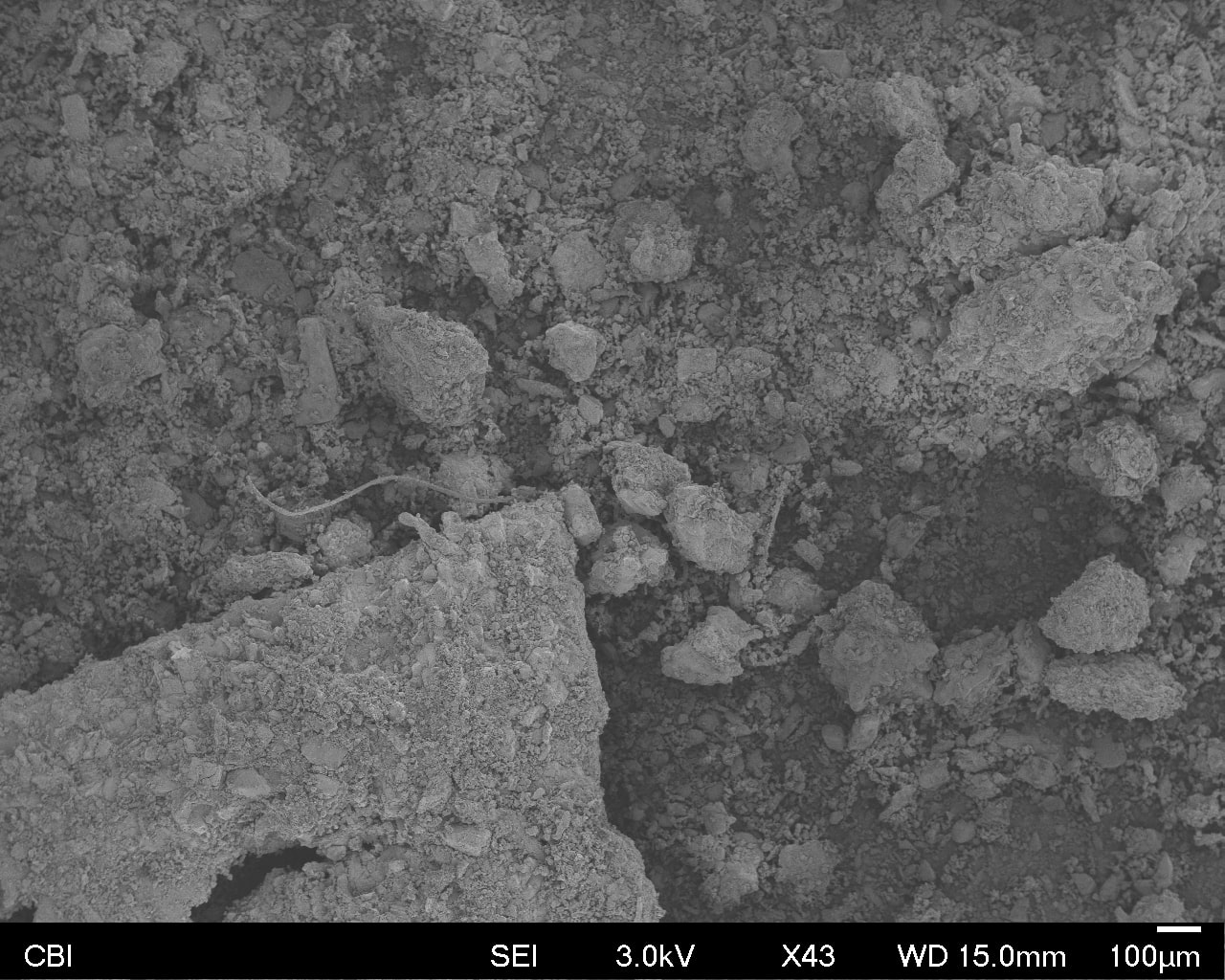

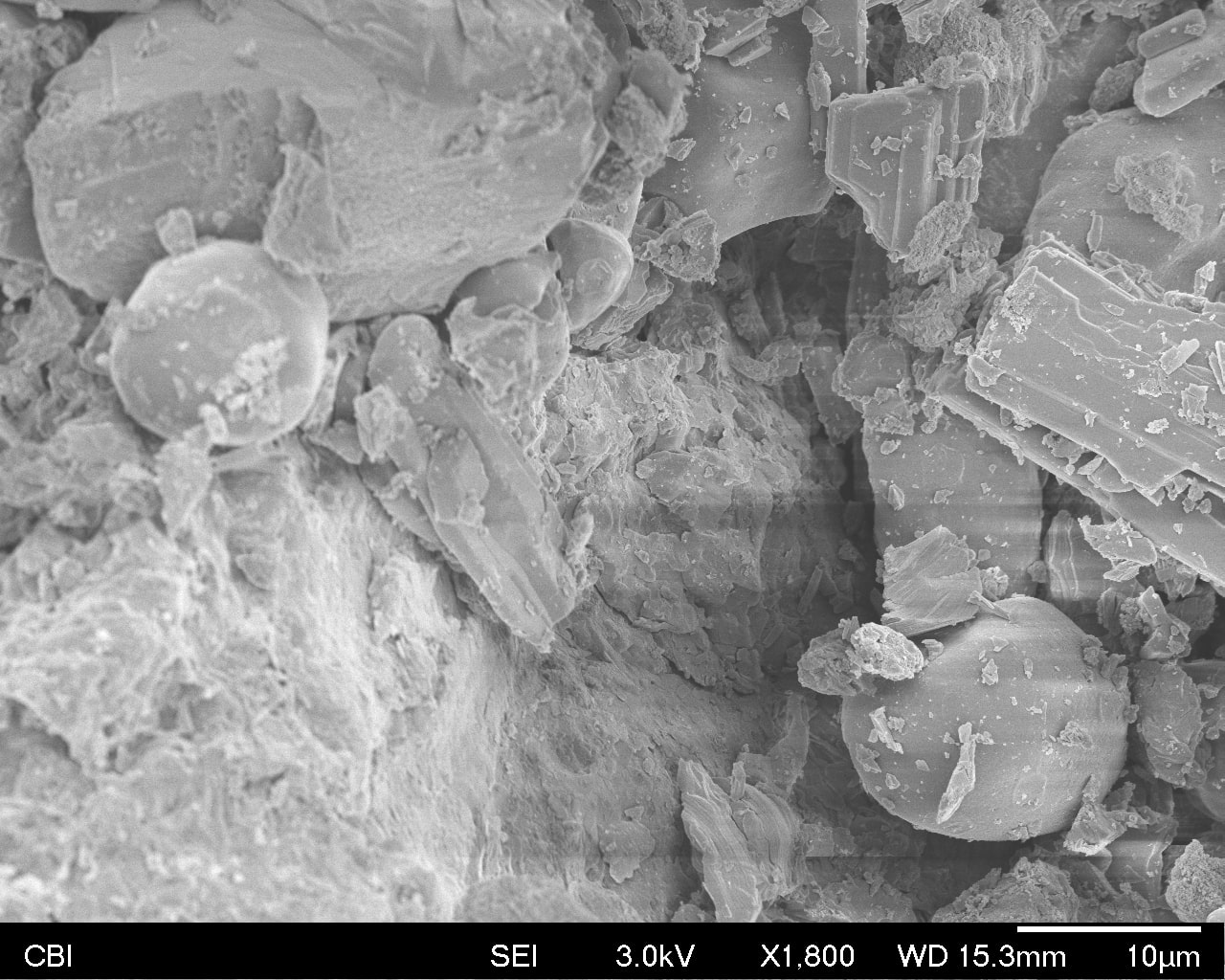
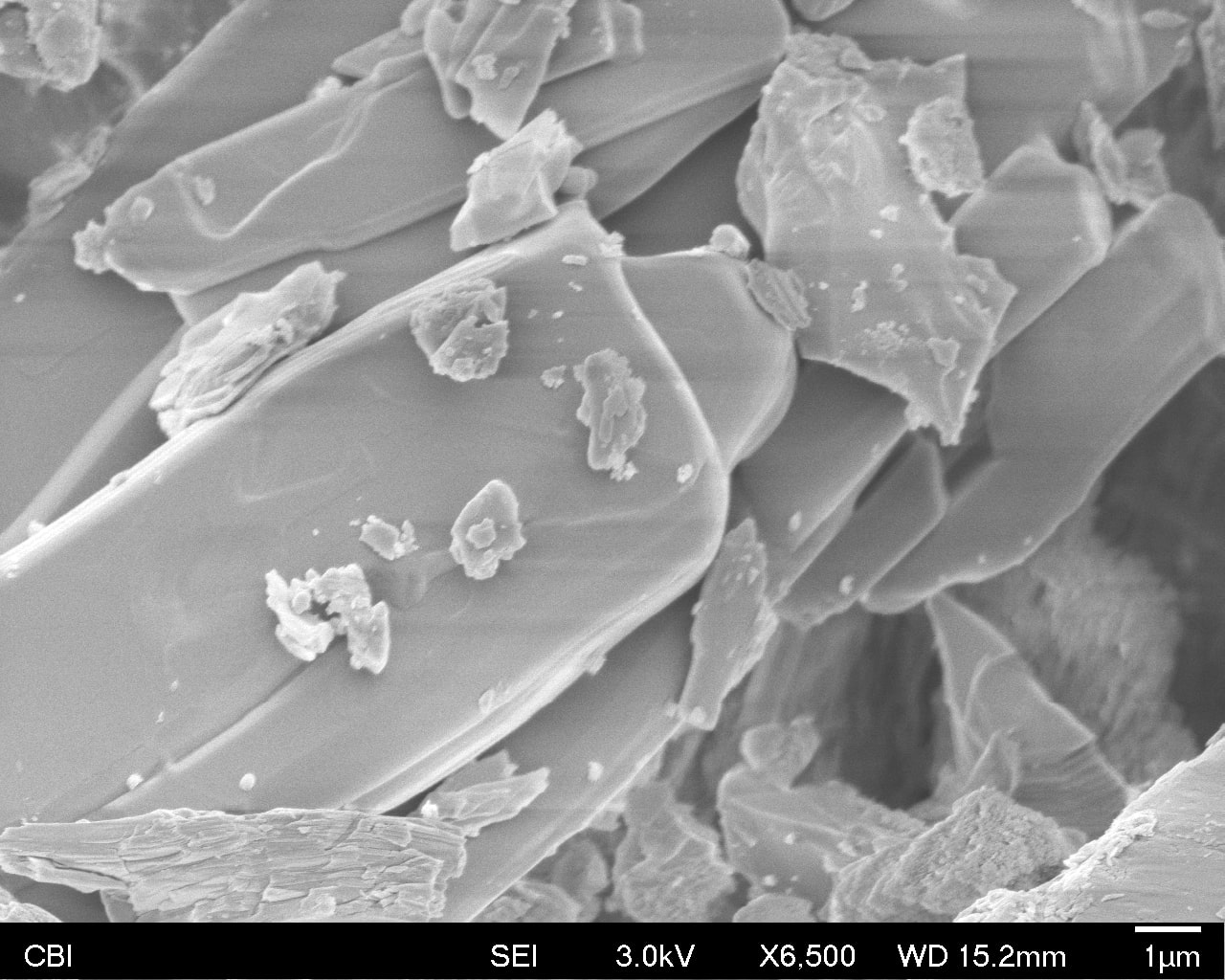
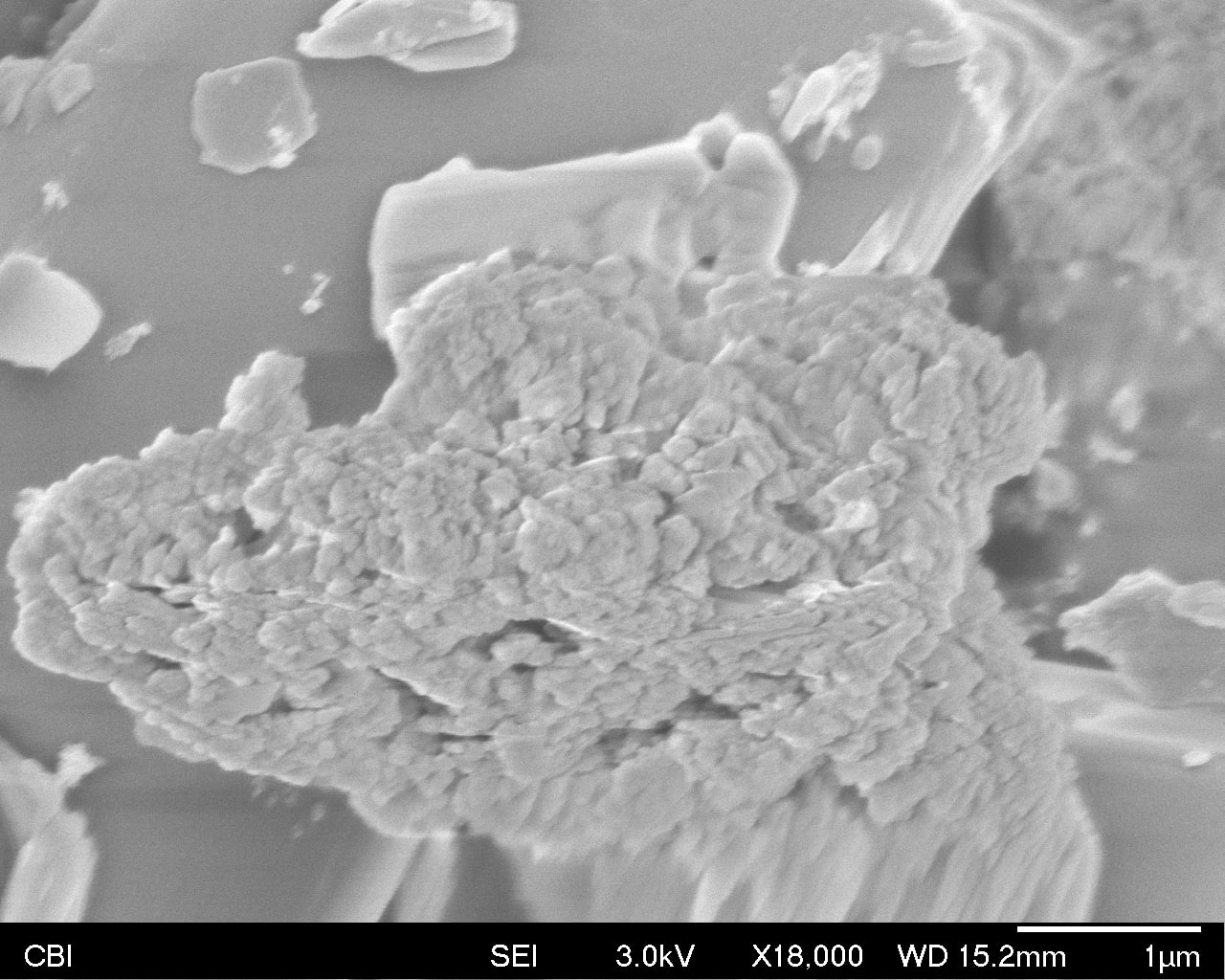

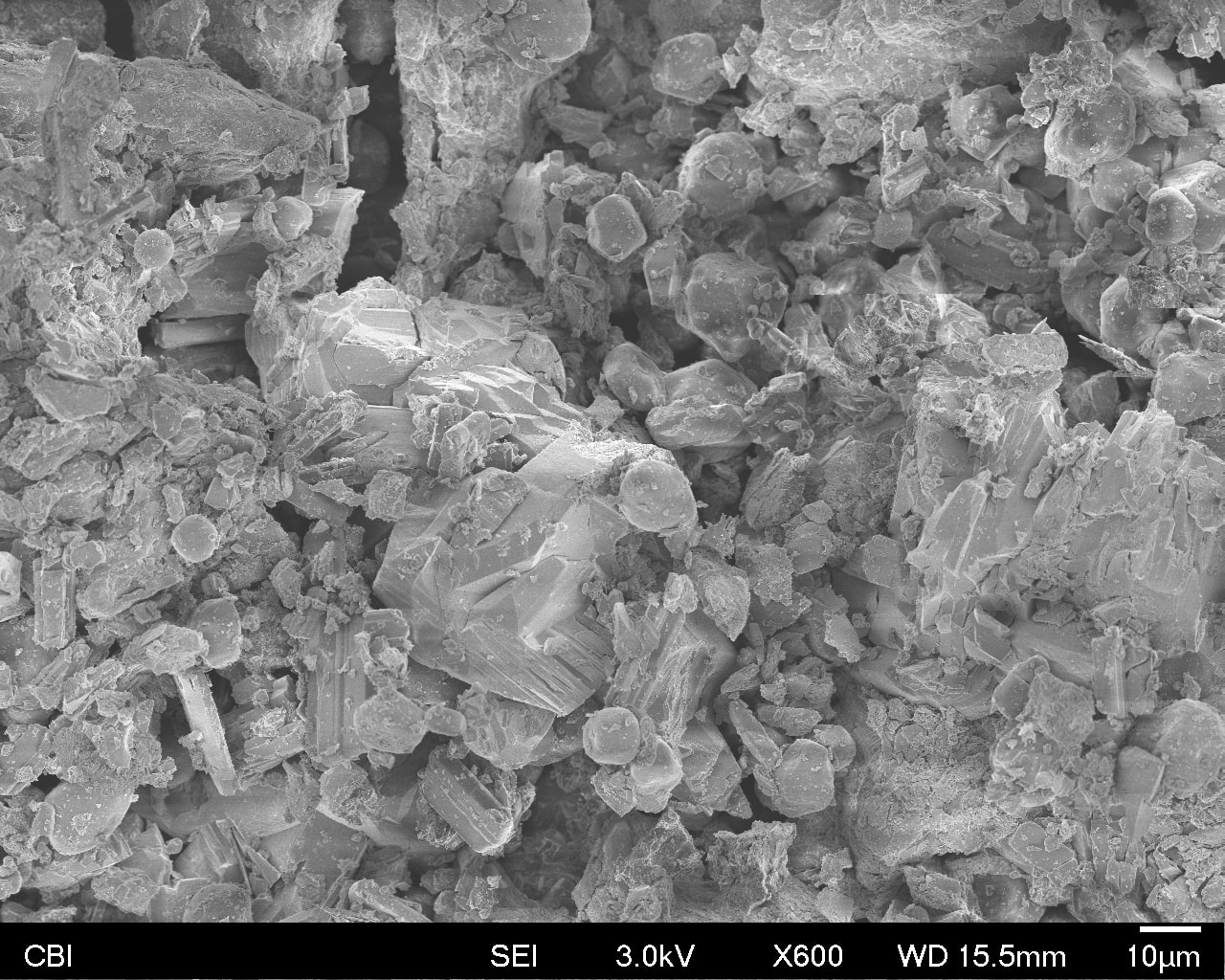

I crushed up some pills of different drugs into a single powder. I was curious if the difference between chemical compositions would be obvious when viewed at this scale. It is not.
I had an incredible time at the SEM. Donna is super sweet, she explained everything very carefully to me, and chatting with her about her background in microscopy-related subjects was almost as cool as my specimen itself. This experience opened up a whole new world of photography to me, and honestly just a whole new world. I understand my existence as a human differently now–suddenly space seems bigger, and I want to explore literally everything around me at a molecular level.

